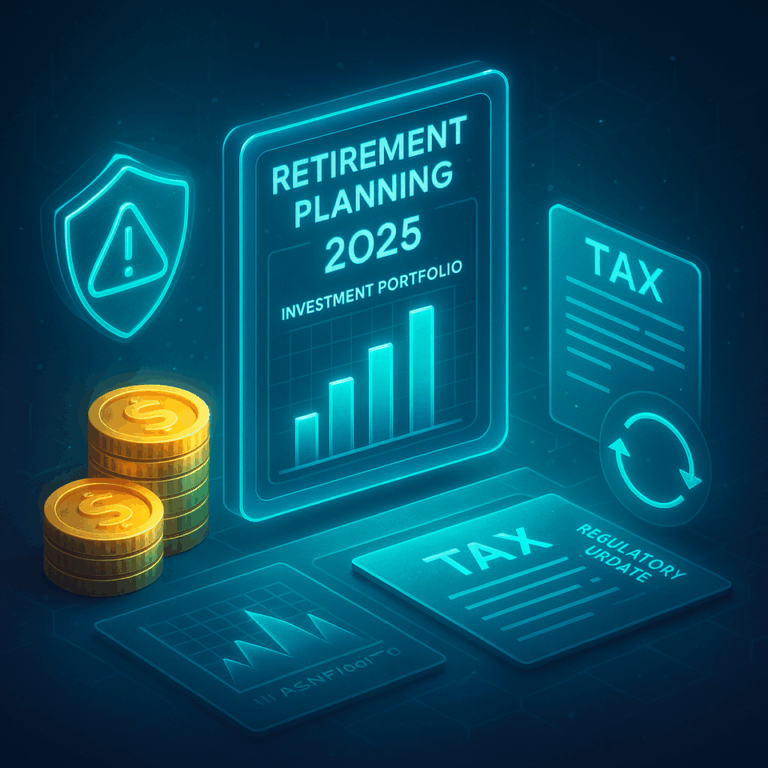Retirement planning has become increasingly important in 2025 as economic uncertainties, longer life expectancy, and evolving financial markets challenge traditional approaches to saving. Individuals are no longer relying solely on government pensions or employer-sponsored plans. Instead, they must consider multiple sources of income, tax implications, and changing healthcare costs. A strong retirement plan helps provide financial security, stability, and peace of mind for the future, ensuring that long-term goals are aligned with available resources.
Rising Life Expectancy and Healthcare Costs
One of the key factors driving the need for comprehensive retirement planning is the steady rise in life expectancy. Longer lifespans mean that retirement can last 25 to 30 years or more, requiring significantly larger savings than in previous decades. Healthcare costs also continue to increase, adding financial pressure. In 2025, retirees must plan not only for everyday living expenses but also for unexpected medical needs and long-term care, making health-related budgeting a critical aspect of financial preparedness.
Diversification of Retirement Income Sources
Relying on a single source of retirement income is becoming less sustainable. In today’s financial landscape, individuals are encouraged to diversify through various income streams, such as private pensions, investment accounts, annuities, and personal savings. This diversification reduces dependence on government programs, which may face sustainability challenges in the coming decades. A diversified portfolio helps protect retirees against market fluctuations, inflation, and potential changes in public policy.
The Role of Technology and Financial Tools
Digital platforms and financial technology are reshaping retirement planning in 2025. Online calculators, robo-advisors, and retirement apps provide individuals with greater access to planning tools and real-time data. These technologies simplify the process of forecasting future expenses and estimating potential income. They also empower individuals to adjust their strategies quickly as economic conditions evolve. The increased availability of digital resources makes retirement planning more accessible, transparent, and efficient than ever before.
Addressing Inflation and Market Volatility
Inflation and market volatility remain two of the greatest risks for retirees. Inflation erodes purchasing power, while unpredictable markets can significantly impact investment returns. In 2025, careful planning involves adjusting asset allocations to manage risk while still pursuing growth opportunities. Monitoring inflation trends and incorporating protective strategies are essential to maintaining financial security. Risk management does not eliminate volatility, but it helps reduce its long-term effects.
Financial Education and Preparedness
An often-overlooked aspect of retirement planning is financial education. Understanding how different financial products work, from annuities to mutual funds, is essential for making informed decisions. In 2025, retirees are encouraged to deepen their knowledge through online courses, financial literacy programs, and professional consultations. Better financial awareness helps individuals prepare for unexpected events, avoid scams, and make choices aligned with long-term stability.
Conclusions
Retirement planning in 2025 requires more than traditional savings; it demands foresight, diversification, and adaptation to evolving financial realities. Rising healthcare costs, inflation, and longer life spans present significant challenges, but with proper preparation and the use of modern tools, individuals can secure their financial futures. Ultimately, retirement planning remains one of the most vital steps toward ensuring independence and stability in later life.







